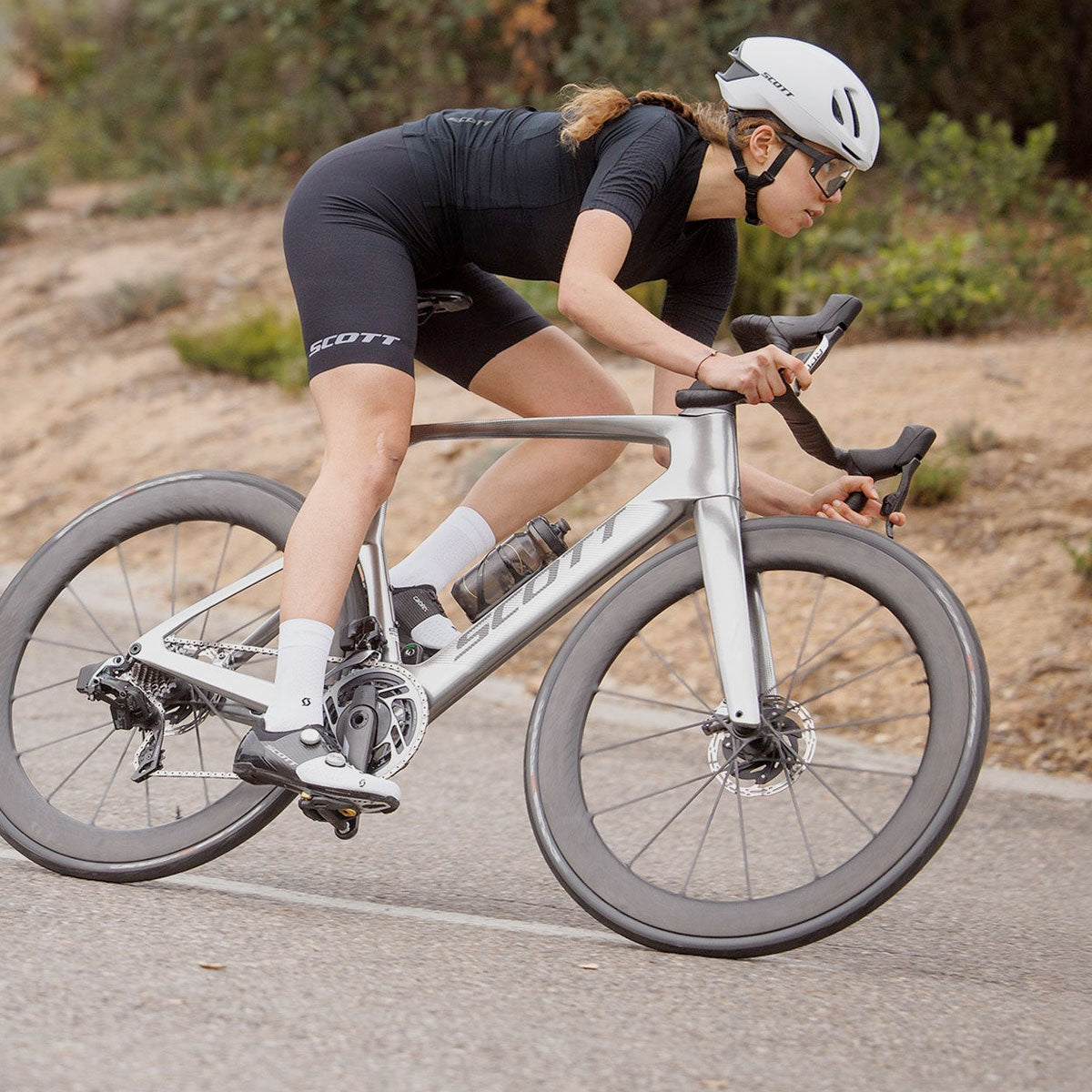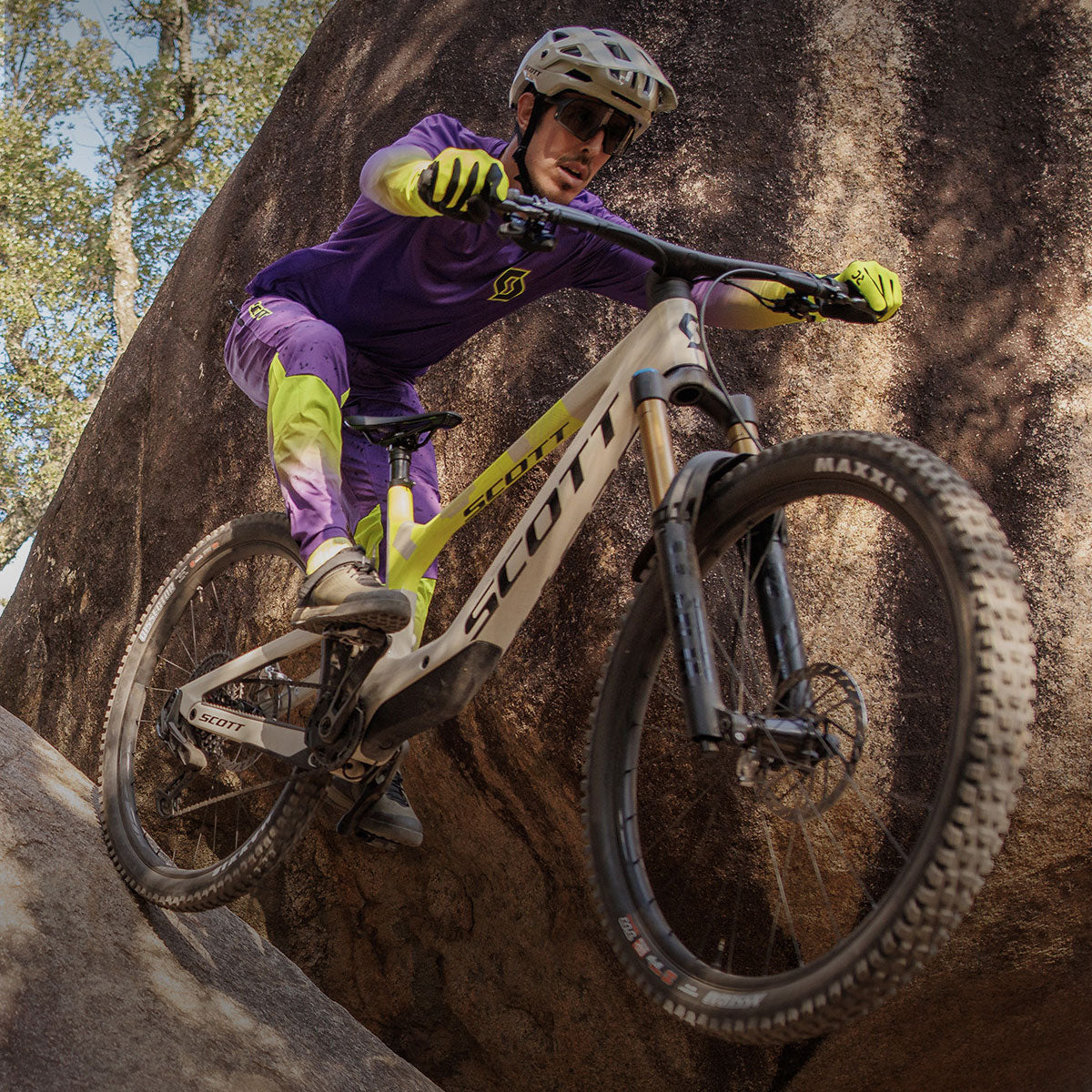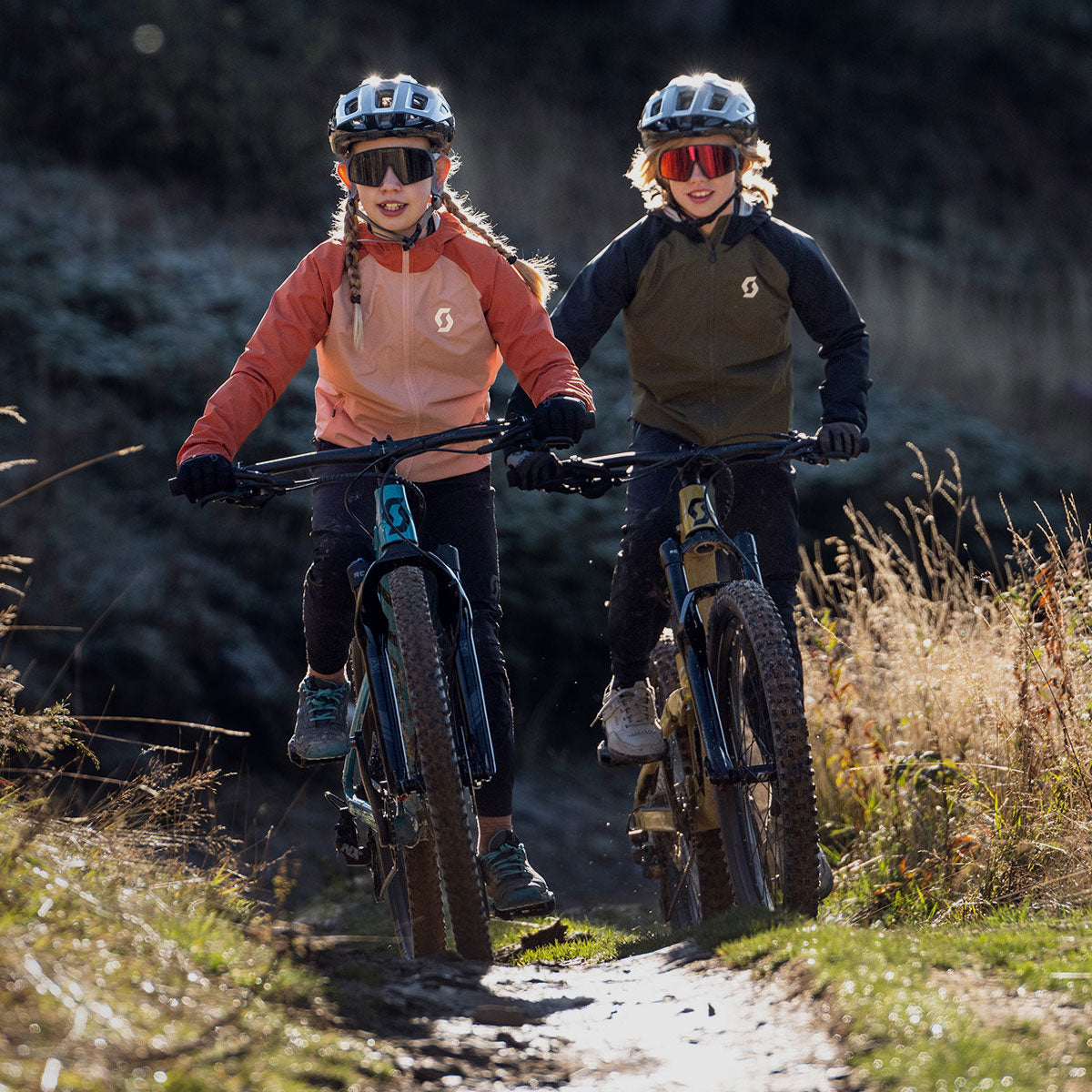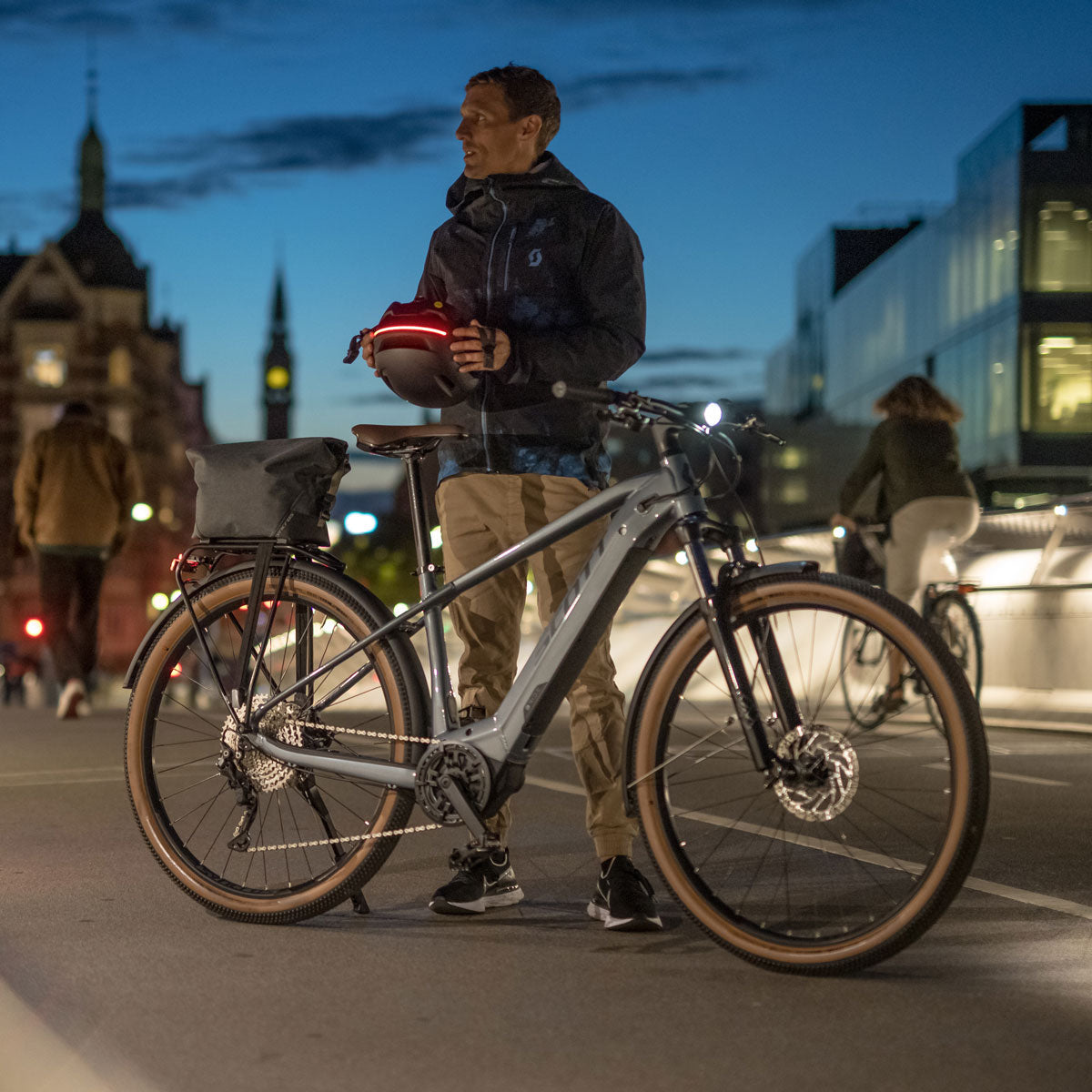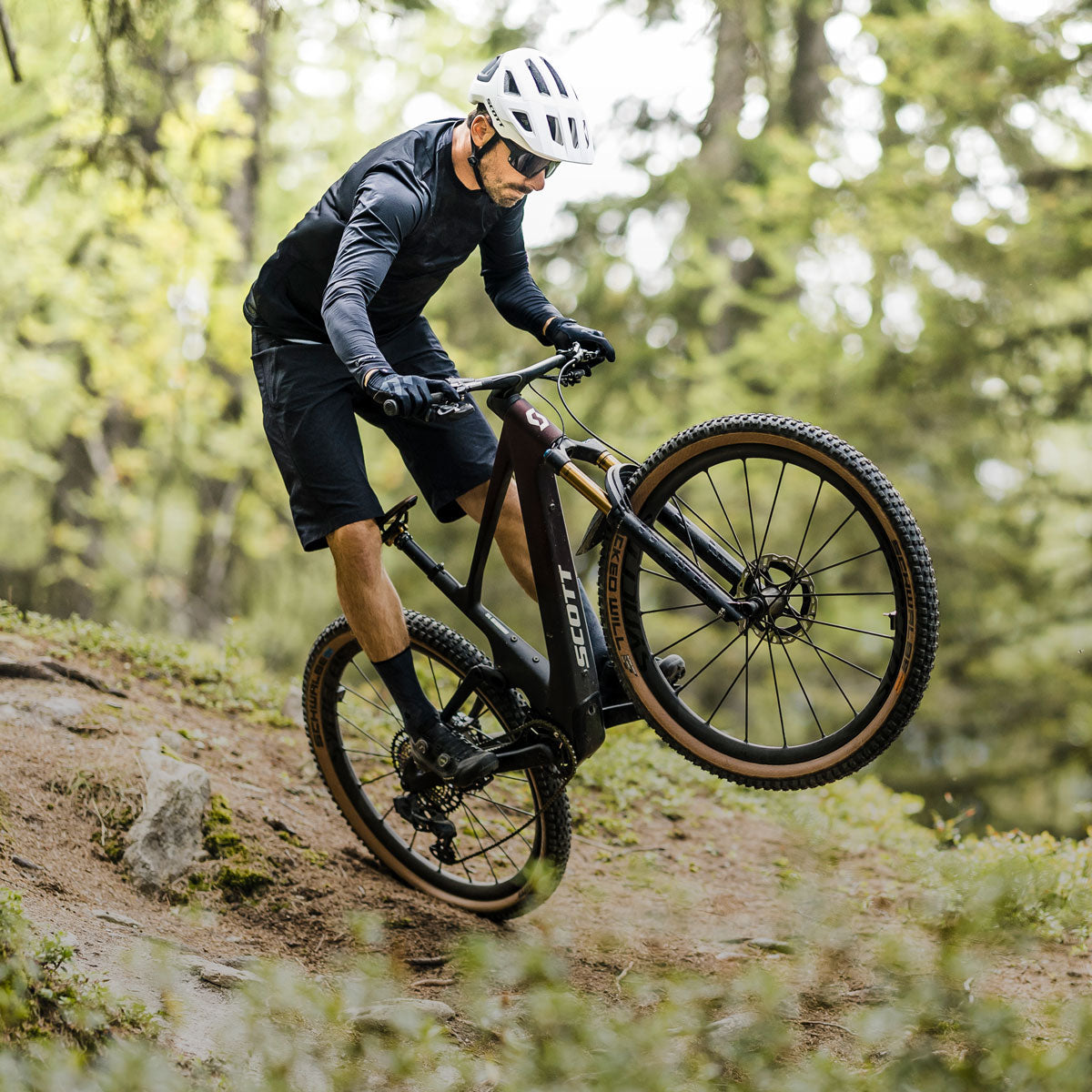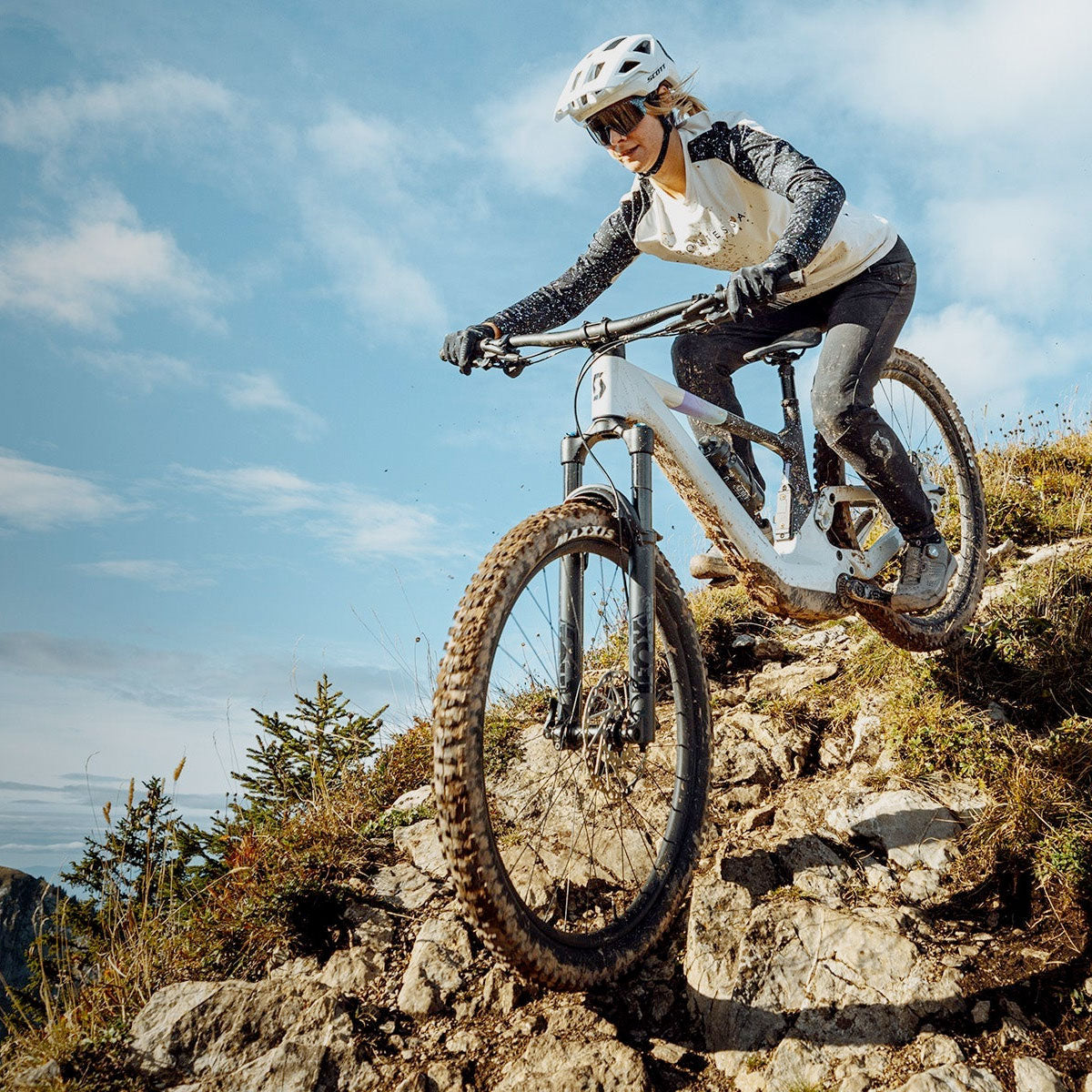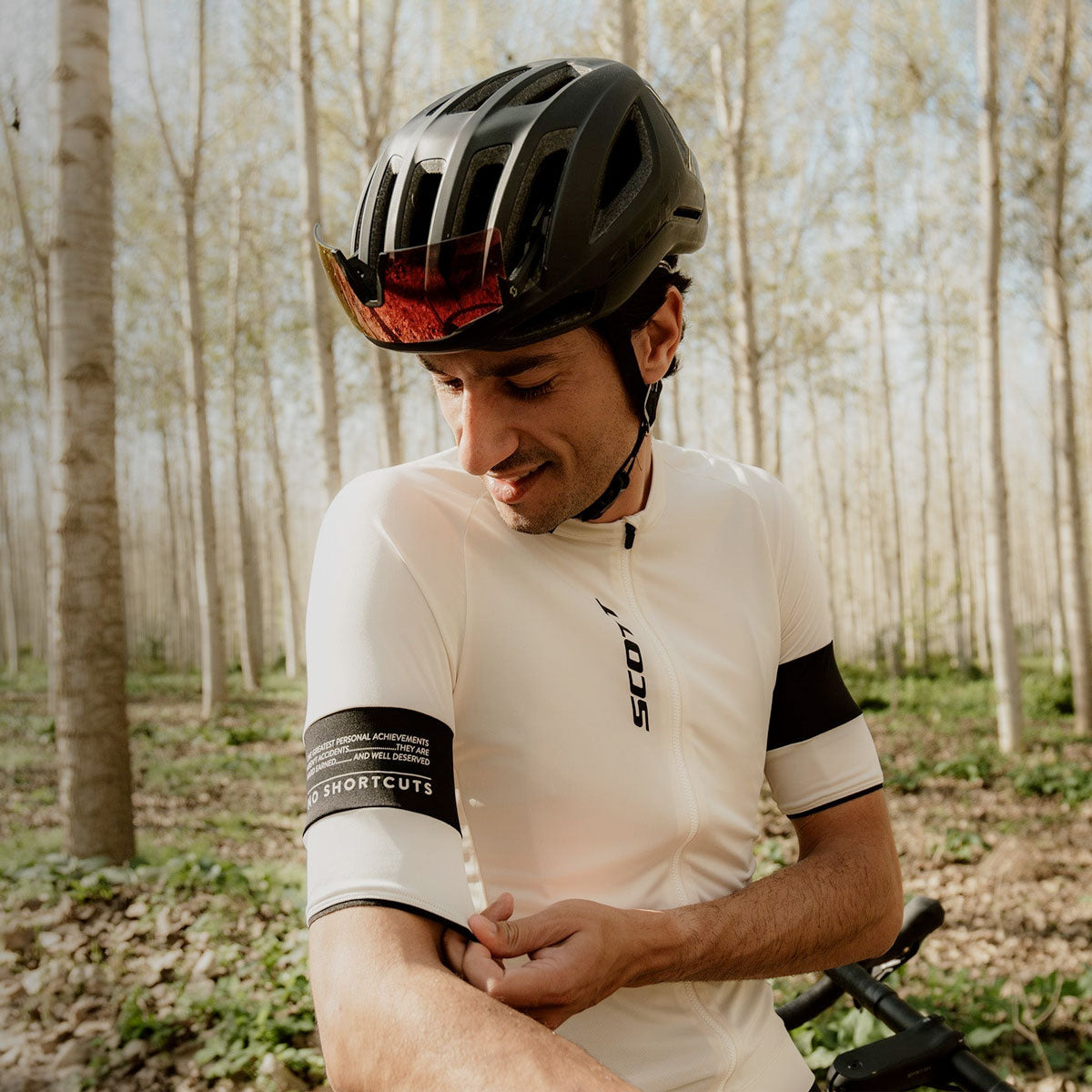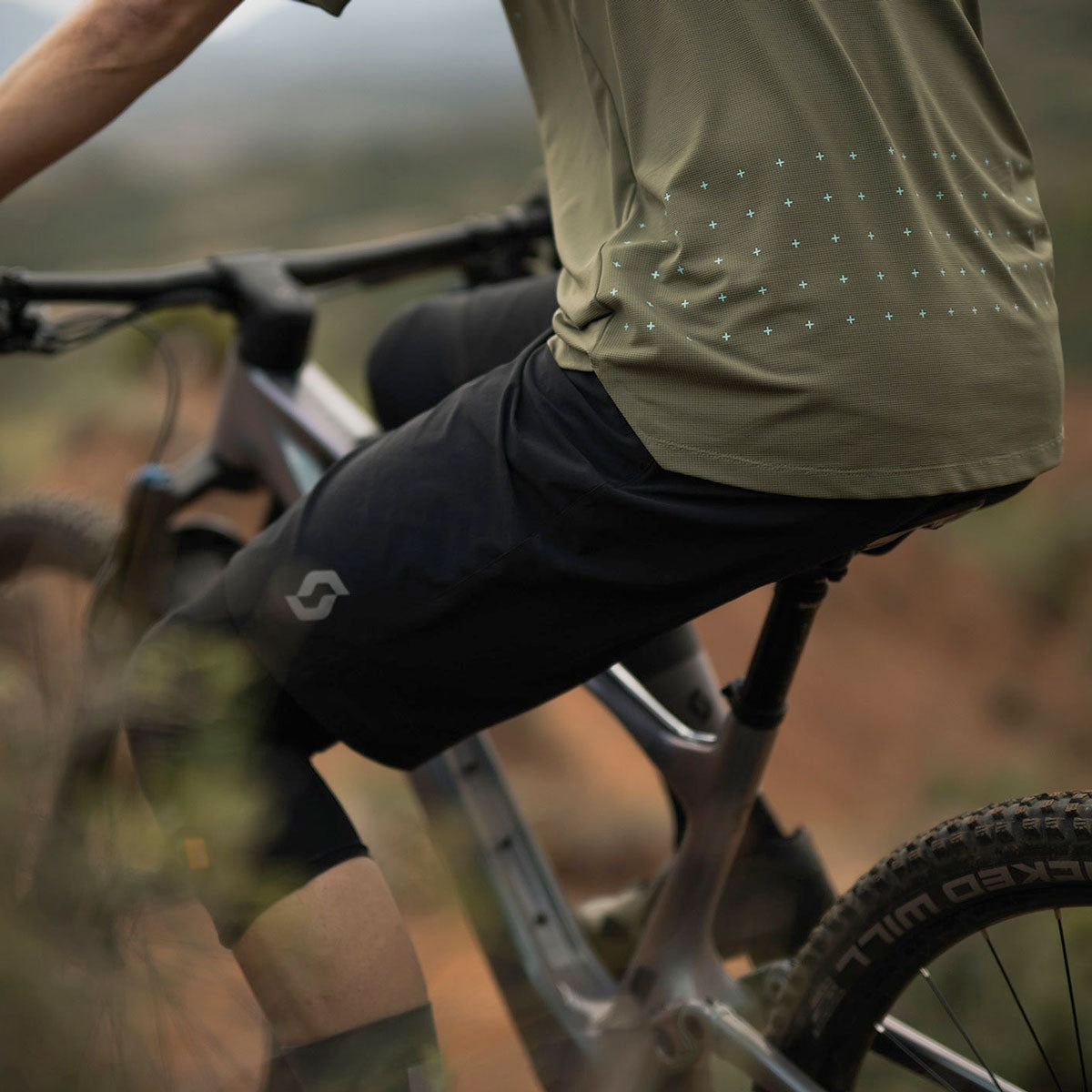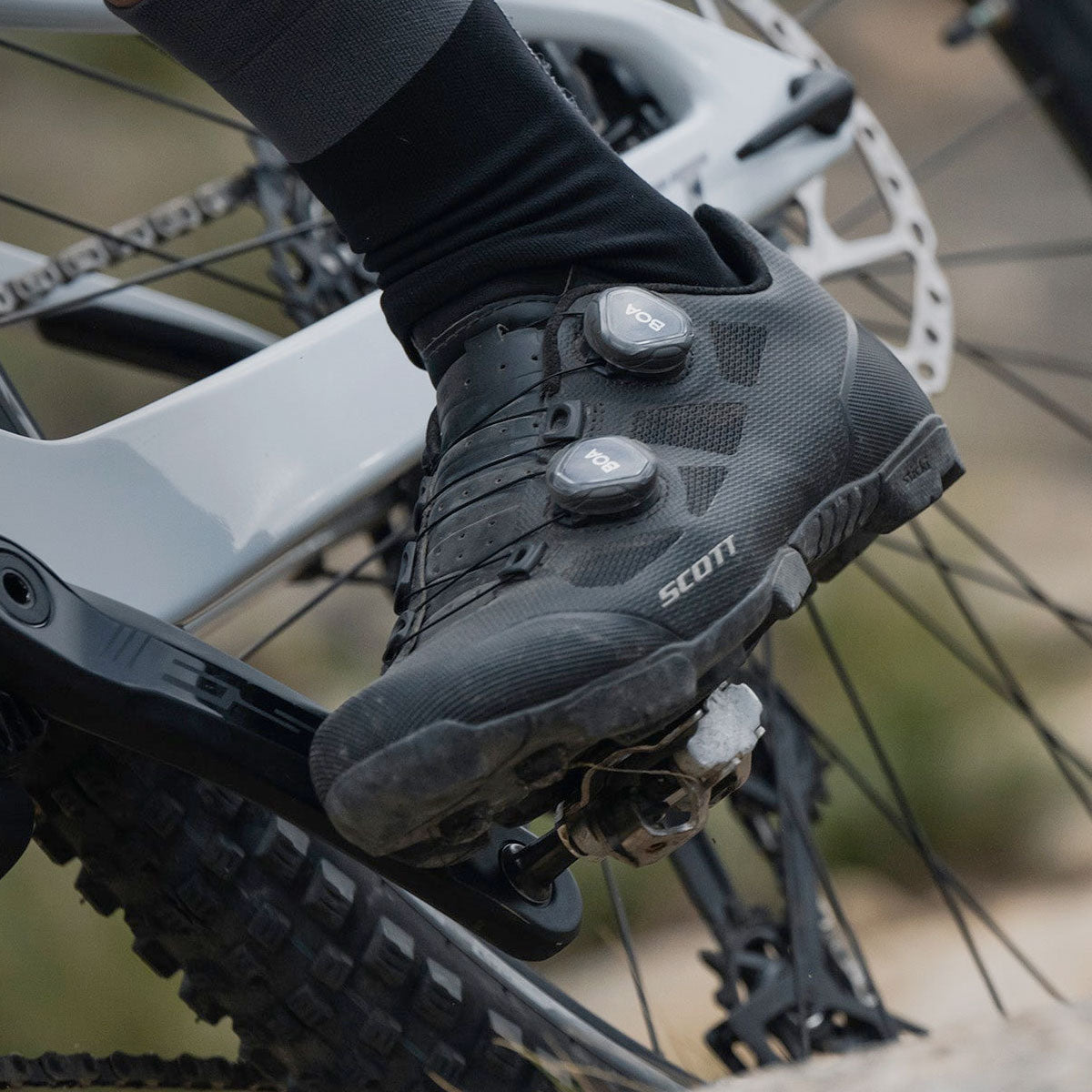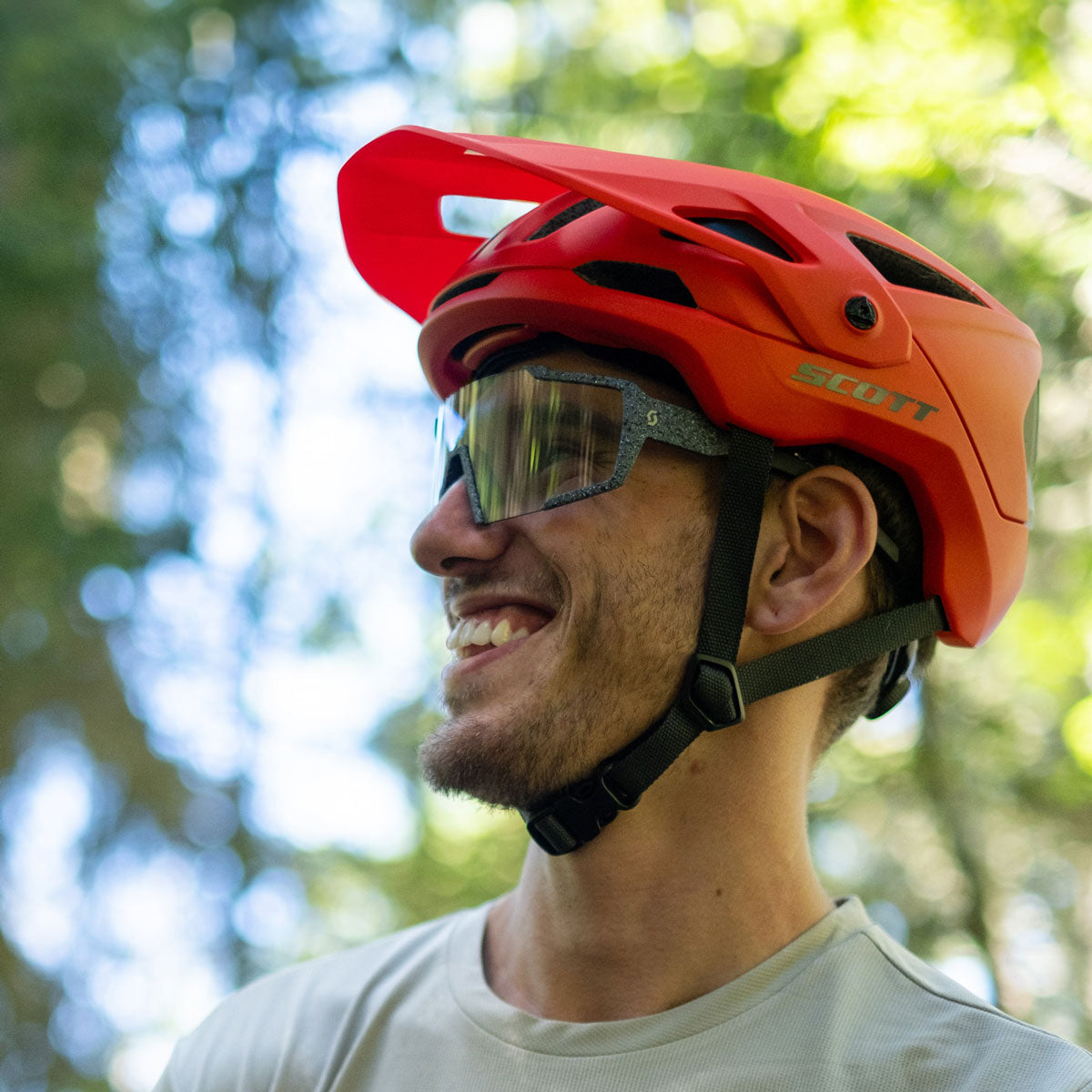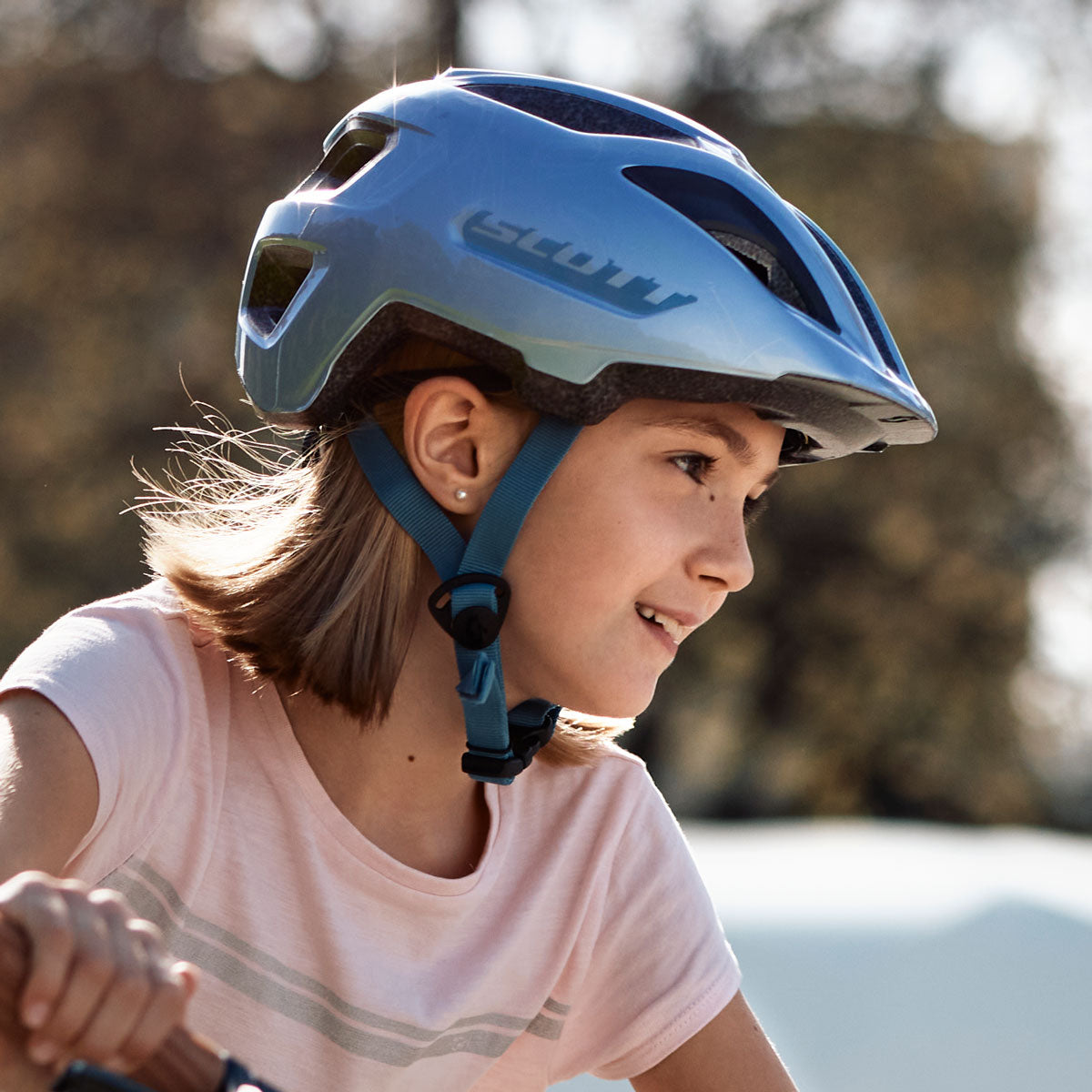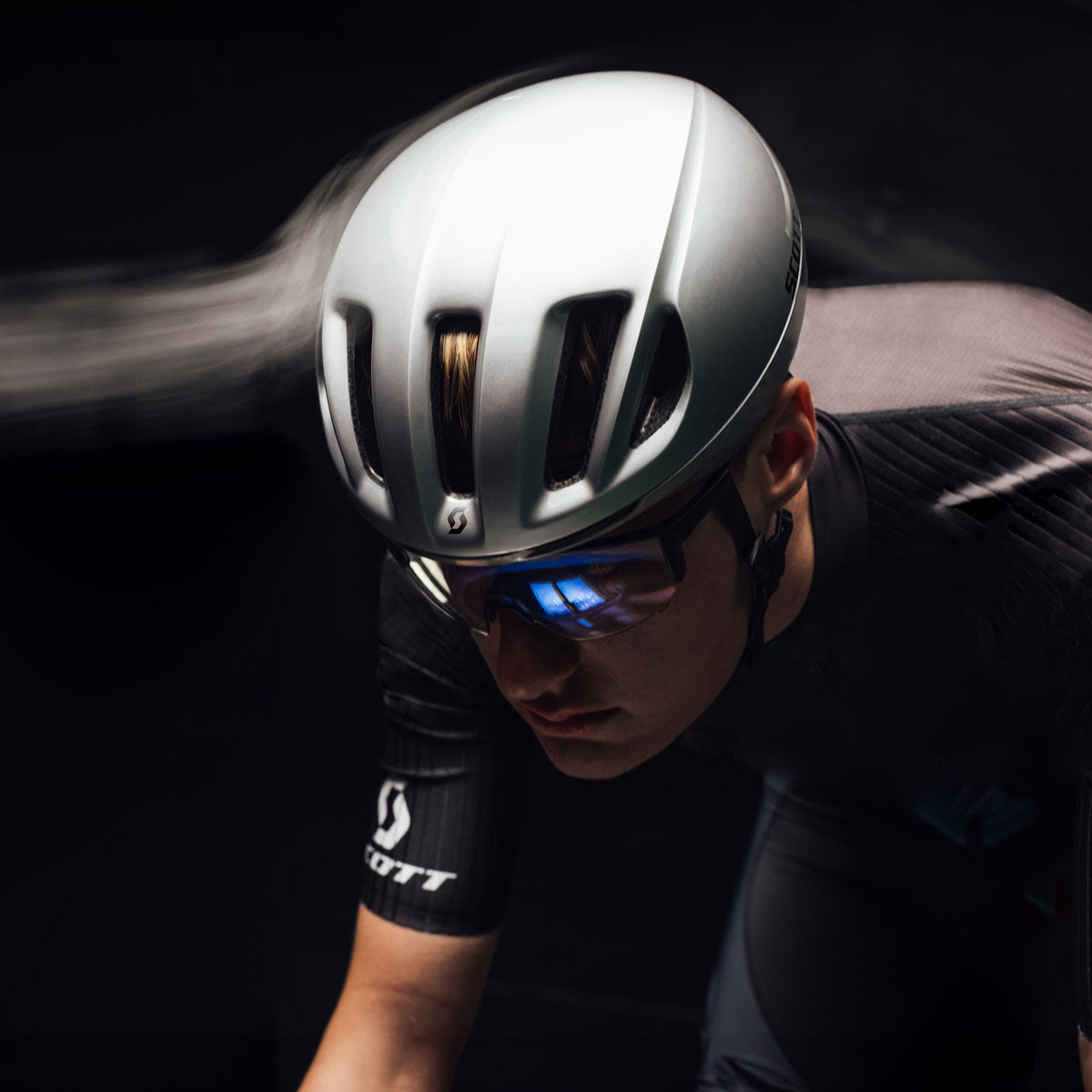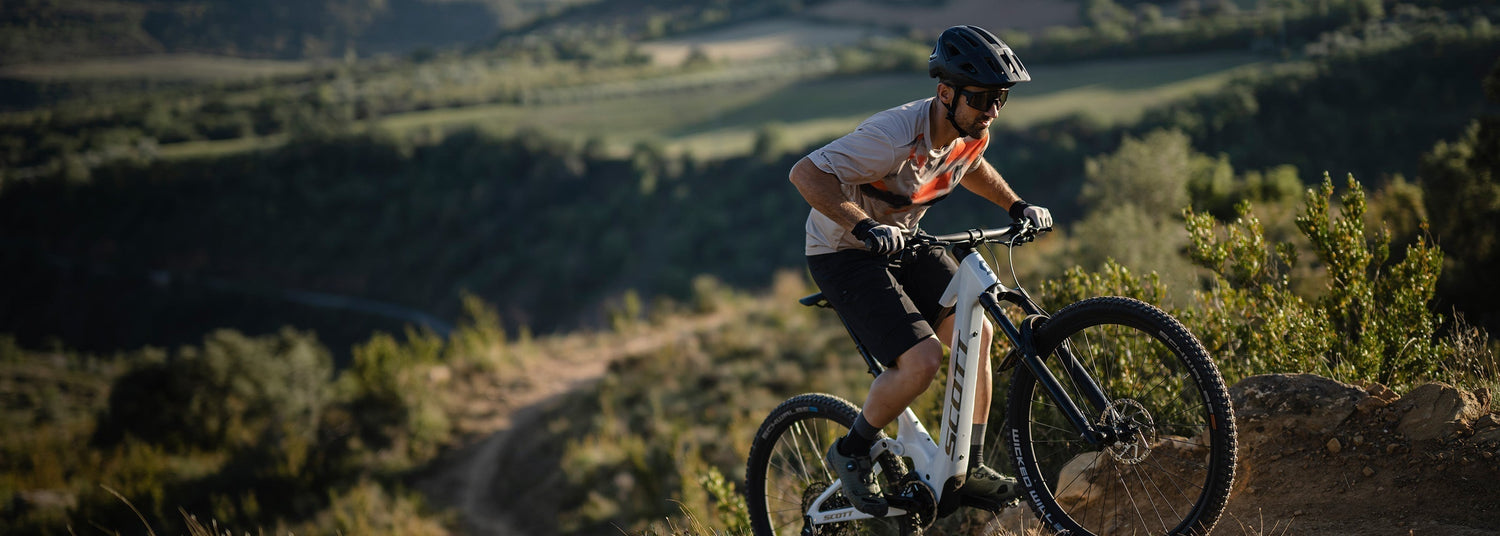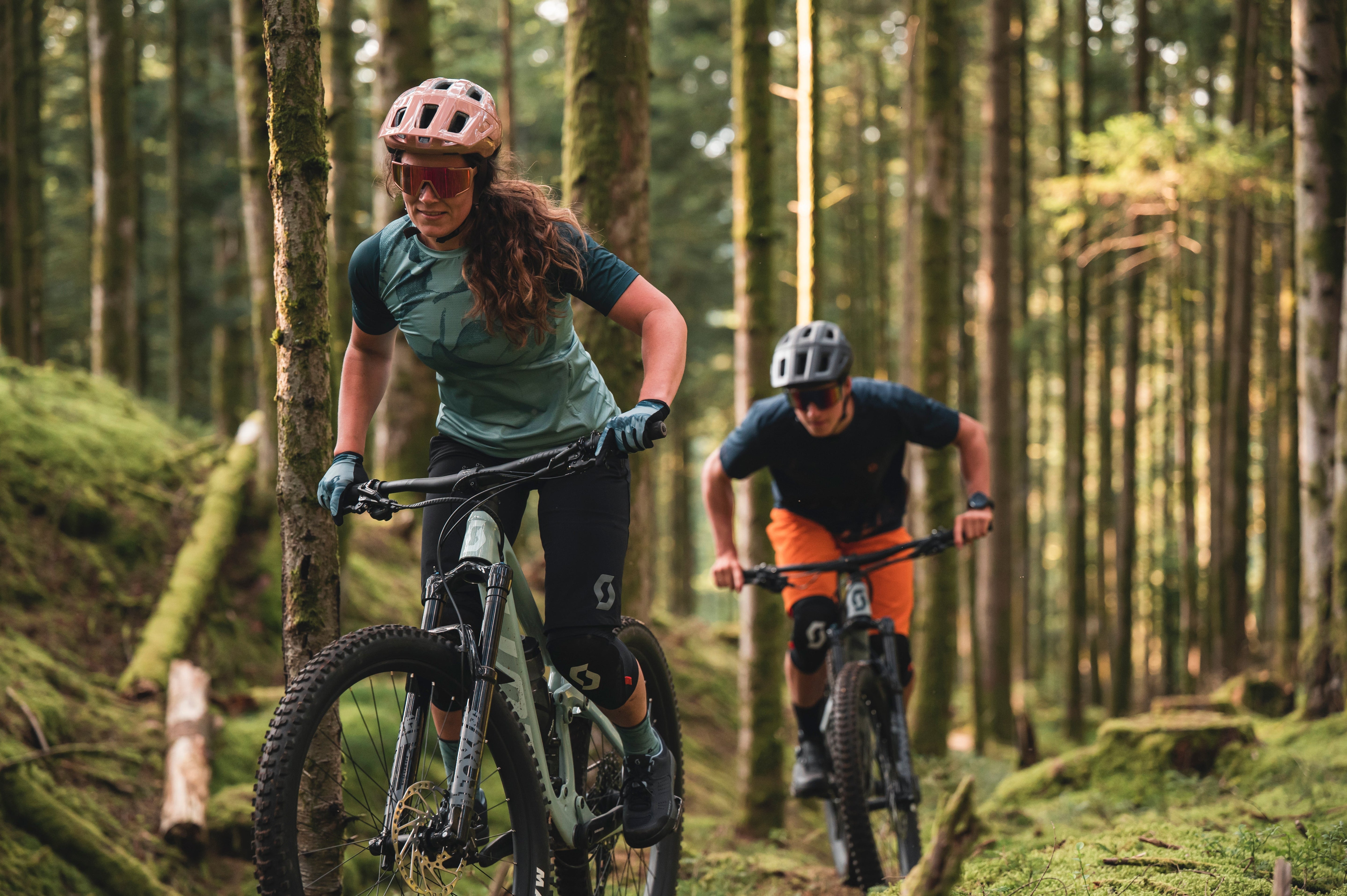Bikes are highly versatile forms of transport but when selecting your next bike, it’s important to consider its intended use. Bicycles are built with a general use in mind, whether this is for marathon road rides or off-road trail riding. You wouldn’t buy a hardtail mountain bike to ride to work just like you wouldn’t take your carbon fibre road bike down a muddy track.
With this in mind, My Ride is here to help you understand the intended purpose of each our bikes, so you can find the perfect pair of wheels for your ride.

MOUNTAIN BIKES
Mountain bikes, as the name suggests, are designed for off the pavement riding, and specialise on off-road trails where you can tear down mountains and fly over muddy ramps. If this sounds like your idea of heaven, then a mountain bike is the way to go but which type of mountain bike?
So whats the difference between Cross-Country (XC), Trail, All Mountain, Downhill and a Freeride Mountain Bikes?
CROSS-COUNTRY (XC) MOUNTAIN BIKES
Cross-country (XC) bikes are usually hardtails and most often just have just front suspension and are the most lightweight type of mountain bike. The new generation of XC bikes also have rear suspension with 80-100mm rear wheel travel. The angles of an XC bike cater for quick handling and excel in tight single track. Weight range is 9-12 kg (20-26 lbs). Cross Country mountain bikes are ideal for riders who spend the majority of their time on fairly smooth, tight trails.
TRAIL & ALL MOUNTAIN BIKES
Trail and All Mountain bikes are designed to cope with a much larger variety of terrains and are often referred to as the type of bike to own if you are going to have just one. They are built to be lightweight and perform equally well on ascents as on descents. Trail bikes can have 120-140mm rear wheel travel and weight around 11-15 kg (24-16 lbs). All Mountain bikes will have about 150-160mm rear wheel travel and weigh around 12-16 kg (26-35 lbs). Both Trail and All Mountain MTBs are great for riders who explore off the set trail. Trail bikes are great over rough paths and All Mountain bikes will handle almost anything you can throw at it.
DOWNHILL MOUNTAIN BIKES
Downhill bikes are built with very slack angles for downhill speed and performance. Travel is often 180-200mm, sometimes more, with weight in the 16-20 kg (35-45 lbs) range. Durability and stability are crucial features of downhill mountain bikes, which as the name suggests, are suited mainly for riders who prefer a quick, technical decent.
FREERIDE MOUNTAIN BIKES
Freeride bikes are heavier and more solidly built bikes that are typically full suspension. Freeride bikes are aimed towards the extreme all-day rider, with a premium put on strength vs. weight. Weight range is 12-18 kg (26-40 lbs).

ROAD BIKES
Named after the terrain they are purposed for, Road bikes are optimised for traveling on flat surfaces, fast. Used for both racing and scenic tours, a Road bike is suited for the rider who wants to ride for long distances at high speeds.
What’s the difference between Race and Endurance bikes?
PERFORMANCE ROAD BIKESRace bikes are designed to win races, pure and simple. They have quick handling characteristics and can be less stable at speed. The frame is more rigid to enable the transfer of maximum power into forward momentum. The rider position is more aggressive with a lower front end. Race bikes are mostly found at the mid-range through to the high-end.

Endurance machines can be as light as pure race bikes but offer greater comfort and are more stable. In many cases they provide similar performance to a pure race bike but they are designed to be more forgiving and less demanding to ride. The longer wheelbase and taller head tube place the rider in a more comfortable position. You can find endurance designed bikes from entry level through to high specification Team bikes.
Check out our Road bike range!
CITY, URBAN & TREKKING BIKES
In the happy middle between Road and Mountain biking there are Hybrid bikes. These bikes are found under many names; Urban, Lifestyle, Trekking, Fitness and Commuters but essentially refer to bicycles that are easy to ride casually, can get you from A to B and are comfortable. If you’re looking for a day to day bike or an alternative form of transport, an Urban/ Hybrid bike is the way to go.
What’s the difference between Urban and Hybrid bikes?
If your plans for your new bike include commuting, general fitness, touring or café cruising, then this is the right category to be looking in. Bike paths, rail trails and city streets are all tackled by this type of bike. The best bike for you will be determined by how you plan to use it most.
A hybrid bike, sometimes referred to as a fitness bike, is a machine that has flat handlebars, a wide range of gears, road sized wheels and wider tyres. They are durable and can be used for commuting, touring or getting fit. The flat bars and more upright position inspire confidence in traffic and aid in bike control.
If a nice and relaxed ride is your plan then there is a bike to suit amongst the Urban selection. These bikes are designed with emphasis on comfort first. These bikes are truly multi-purpose with gears to handle gradients with ease and provide an upright riding position. A suspension fork or suspension seat post will often be a feature and low step frames on many models make it easy to mount and dismount.
As this range of product is so versatile, rack and fender mounts are standard. So setting up your new bike to suit your needs is made that much simpler. Add a rack and pannier and hit the road.
View our collection of City Bikes!
KIDS BIKES
Ignite your little one’s passion for cycling at a young age by buying them a quality bike. Great for burning energy, getting out and about, and having fun - every kids should have a set of wheels growing up.
What’s the best bike for my child?
Children are able to start riding a two wheeled bike at a young age with the aid of trainer wheels and the correct sized bike. Wheel size is used to reference the bike size for children rather than frame size. There are 12”, 16”, 20” and 24” wheel sizes to suit children from 2 years to 11 years of age.
Most 12” and 16” bikes are equipped with training wheels as standard to enable the rider to adapt to the bike. Powerful rear hub brakes are common with most 12”-20” bikes with 16” and 20” also equipped with front hand brakes. This range of product is often referred to as a BMX bike. A balance bike, a bike without pedals and trainers, is also an option to get your child started.
20” bikes can have one gear or as many as seven. Single speed models are available for entry level riders through to high specification race and freestyle models. 20” and 24” with gears are perfect for children that can ride well and want to keep up with mum and dad on family rides.

FRAME MATERIALS
Why so many different frame materials?
Bicycles today may look like bikes of old but changes in materials and design technology have transformed the way they are built and how they ride. There is no ‘best’ material for a bike as they all have benefits depending on the rider’s expectations and needs. Budget and the type of riding you will be doing will also influence material choice.
Steel is the traditional choice for frames due to its durable, long life nature. It is easy to work with and in most cases, more economical. Children’s and entry level bikes are often produced from steel.
Aluminium is the most popular choice today with products ranging from entry level to lightweight, race tuned machines. Aluminium is produced in many grades to provide strength along with lightweight. Entry level alloy bikes are lighter than their steel equivalent and high end models can be a fraction of that because of the high grade of alloy used. Aluminium is used for all varieties of riding styles, road, mountain, touring and so on.
Carbon fibre is the high tech frame material of today. More products are being made from carbon because of its vibration damping properties as well as its lightweight/strength properties. Carbon frames are made by layering sheets of woven carbon and are bonded using resin and heat. They are labour intensive to build so are more expensive to buy. Road bikes have benefited from this material the most, especially for race and endurance products.
Some frames will use a combination of two materials to get a balance of ride quality/performance with budget in mind. Some road frames are half alloy and half carbon while some may only have two carbon tubes on an all alloy frame. It’s important to balance the ride characteristics with your expectations and how much you intend to invest.
HOW ARE BIKE FRAMES MEASURED?
Bike sizes can be measured in a variety of ways with many basing their size on seat tube length and top tube length. Manufacturers traditionally measure from the centre of the crank axle (bottom bracket) to the intersection of the seat tube and the top tube. Some models quote sizes in different ways, some quote the size in centimetre's, some in inches and some as a frame size (such as Small, Medium, Large, etc).
This technique however does not work with compact sizing and the requirement for a lower standover height. For example, a 54cm compact road frame may only have a seat tube length of 48cm but the top tube length is that of a true 54cm. To overcome this, many use the traditional seat tube reference combined with an imaginary horizontal top tube. This process can be applied to any type of bike to achieve the correct fit no matter how low the seat tube is.
FITTING THE BIKE
Once the style of bike has been decided the selection of size is made easier. We are aware that choosing the correct size can be a daunting and confusing task. This is why we recommend that for the best result you visit your nearest My Ride store and get sized professionally. They can provide expert advice on the style of bike best suited to your needs and ensure you fit the bike in the best way possible.
By combining sophisticated computer software and precise video footage, the system captures you in motion, assesses your position and measures your body angles while cycling. This data is then analysed to improve your position, comfort and performance on the bike. There is a fee for this service, enquire with your local store for details.
To help you choose the right size bike we have provided a suggested guide for the various frame sizes available. In order to accurately match the correct frame to your height it’s essential you to measure your height and to do so accurately! The best way is to stand against a wall with your shoes off. Keep your legs together and your shoulders back. Carefully place a pencil on top of your head and mark the wall, for the best results, get some help and get them to mark the wall for you. Then measure the mark on the wall with a tape measure.
If your height is on the cusp of a range then your reach is often the deciding factor. Find out if you have a short or long reach by measuring your arm span (hands spread wide, measure tip to tip) minus your height. If you have a positive result then go for the larger size, if you have a negative result, go for the smaller size.

Stand over height
Stand over height is the clearance between the top of the top tube (also known as a cross bar) and the bottom of your crotch. It’s important that you have adequate clearance in this area to avoid contact when you’re astride the bike. The clearance will depend on the type, model, and use of the bike.
These sizing charts will provide accurate advice for the majority of cyclists, but for the best sizing advice we always recommend visiting a My Ride store where you can physically try the bike and receive expert advice from one of our store professionals. This will ensure you will get the best fit possible. Additional fees may apply for this service, contact your local My Ride store for details.
